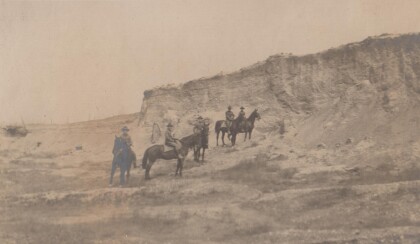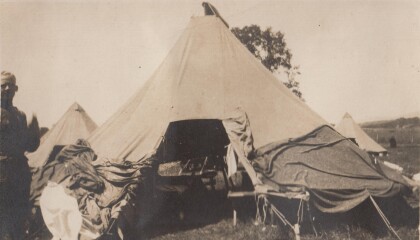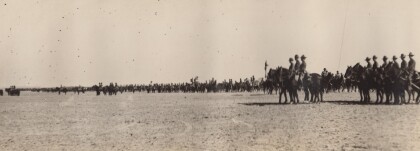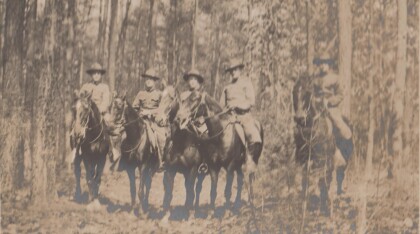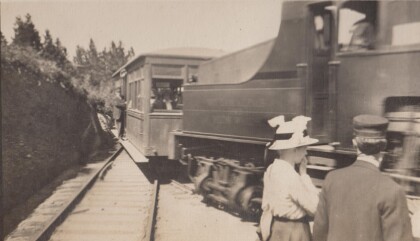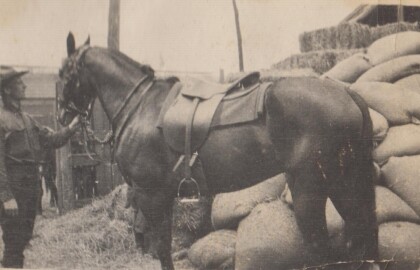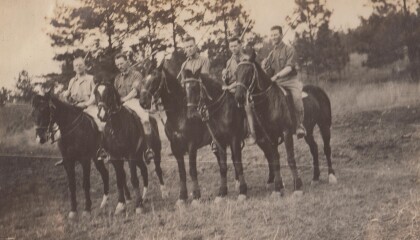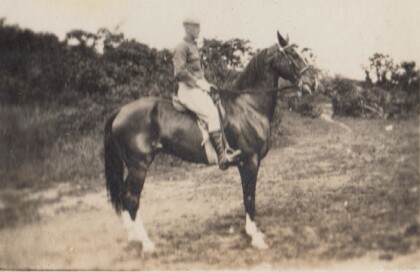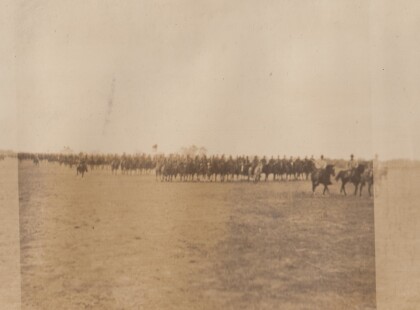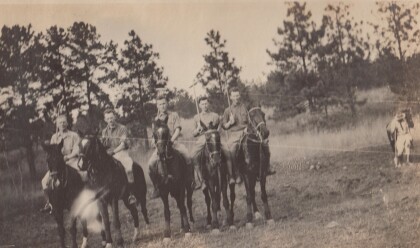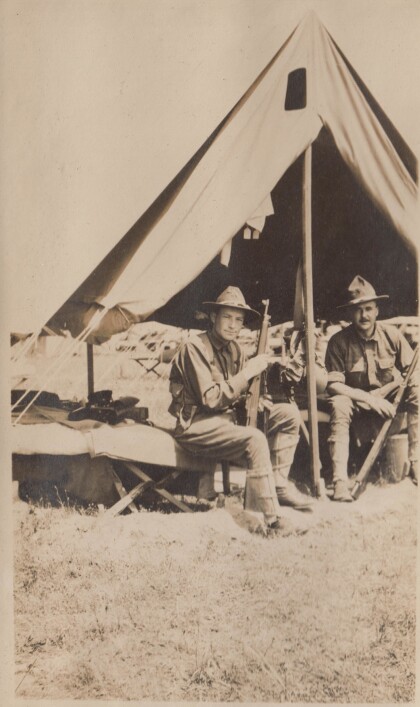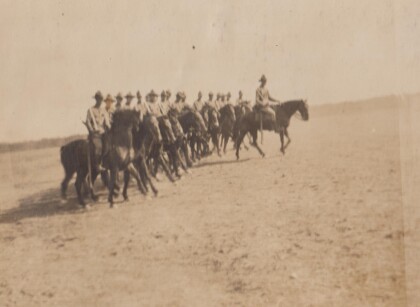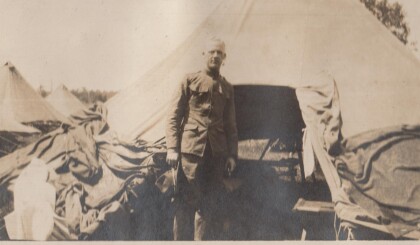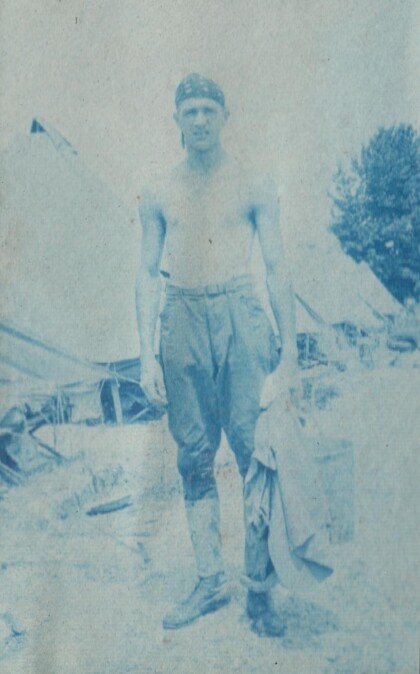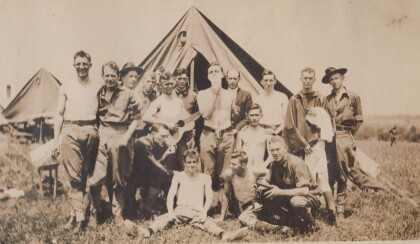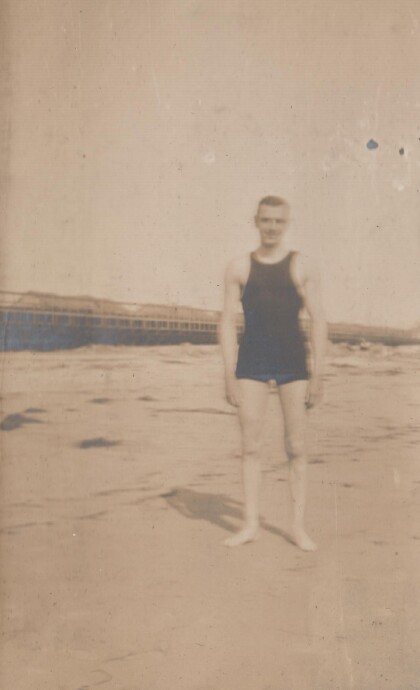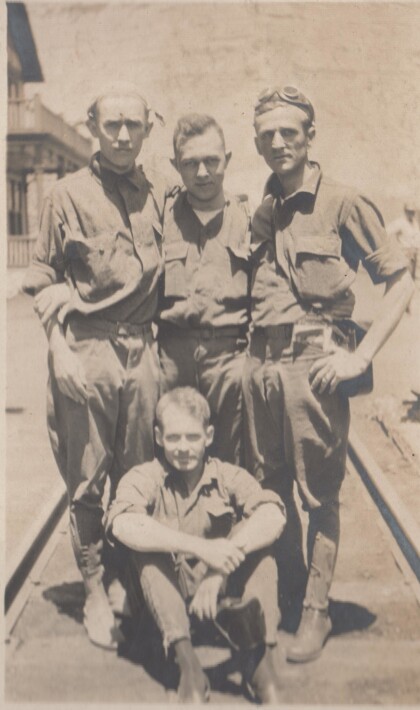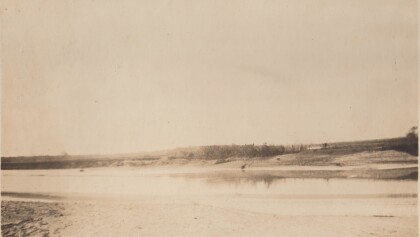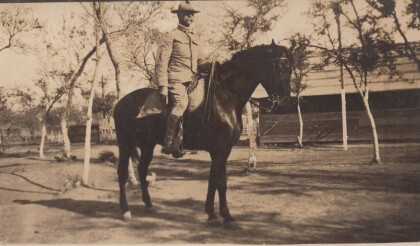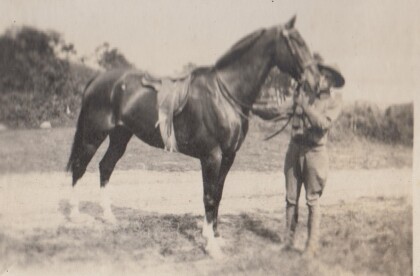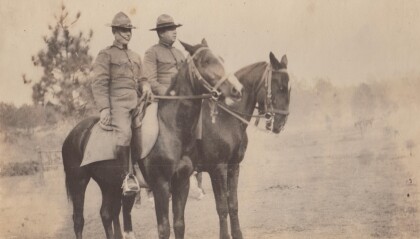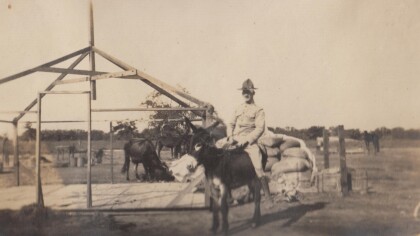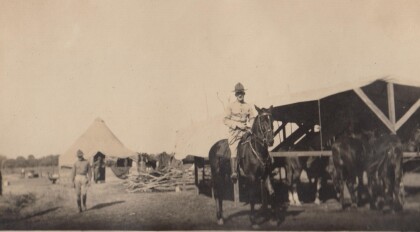Harper Baylor Lee - 1910
Harper Baylor Lee - 1910
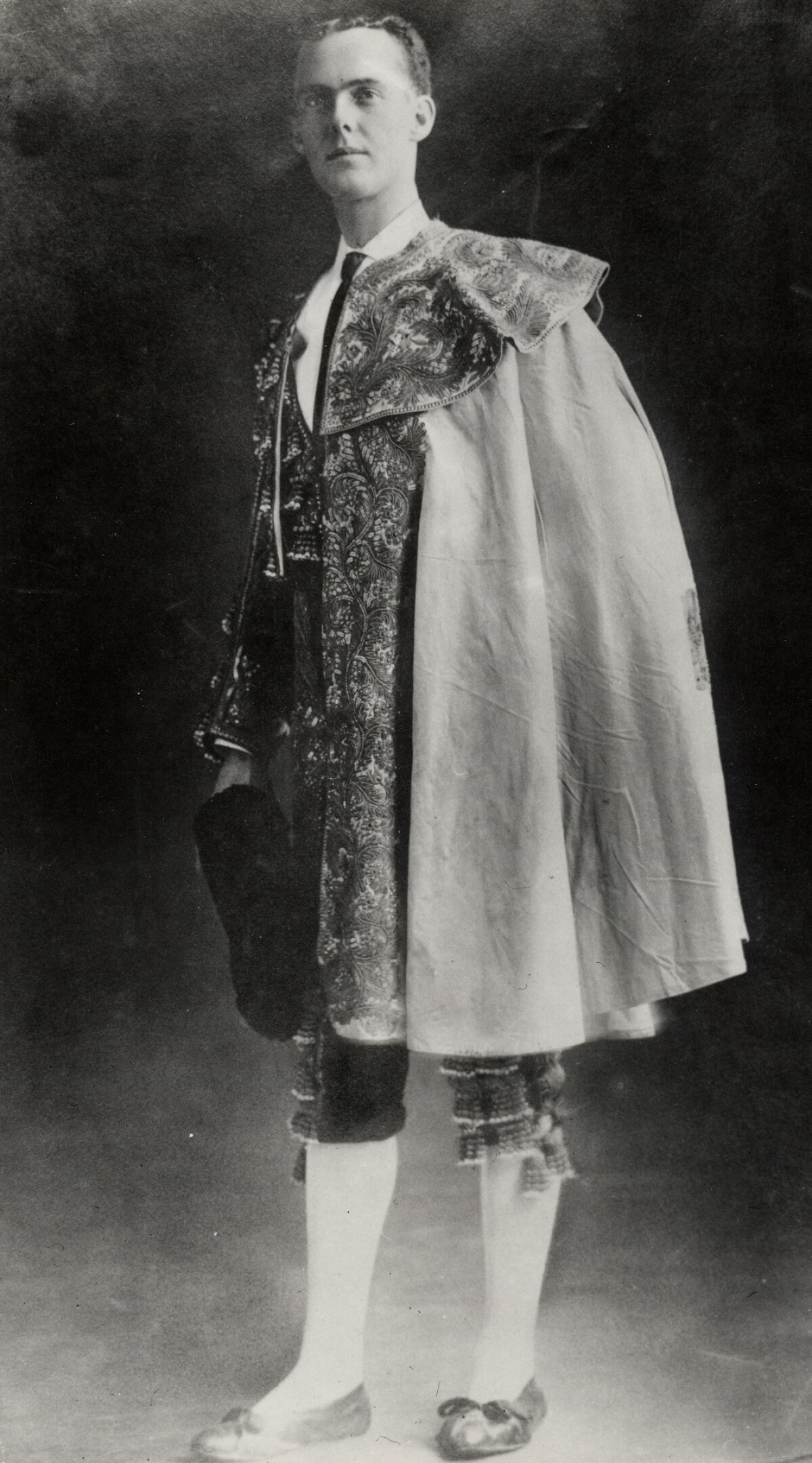
Harper Baylor Lee - 1910
GILLETT, JAMES HARPER [HARPER BAYLOR LEE] (1884–1941). James Harper Gillett, known as Harper Baylor Lee, the first American matador de toros, son of Helen (Baylor) and James Buchanan Gillett, was born at Ysleta, Texas, on September 5, 1884. His mother was the daughter of Col. George Wythe Baylor, commander of the ranger company in which his father served. In 1889 the couple was divorced at El Paso, and James Harper subsequently lived with his mother and grandparents in the Baylor home at Ysleta. His father moved from El Paso, settled on a ranch in Presidio County, and had no contact with his son for twenty-four years. In 1895 Harper's mother married Samuel M. Lee, a resident of Guadalajara, Jalisco, Mexico. Harper joined the family there and enrolled in high school in 1899. He signed himself Harper Baylor Lee, though he was never legally adopted. His schoolmates and companions called him El Gringo Harper. Lee showed early promise in bullfighting games and received invitations to bull ranches, where he attended the breeders' testings of their young fighting stock and showed exceptional talent with a real cape in front of charging real horns. He finished high school in 1904 and worked for his stepfather's firm on railway construction jobs in central Mexico for the next four years. Throughout this period he took time off frequently to appear as an aficionado in amateur corridas. Under the tutelage of his friend Francisco Gómez, El Chiclanero, a retired matador from Spain, Lee quit his job to try his hand as a professional torero. He made his first appearance as a novillero, or apprentice matador, at the bullring in Guadalajara on July 28, 1908, launching a remarkable career. On February 20, 1910, in the Plaza de Toros at Monterrey he was awarded his alternativa in a formal ceremony making him a full-fledged matador de toros, the first North American to earn such rank. The public cheered him as "Opper Li." He was excellent in all three parts of the bullfight: with the cape, especially with the banderillas, and with the muleta and sword. Behaving with respect for the technical tenets and traditions of Spanish bullfighting, he demonstrated valor, spirit, skill, and art. He appeared as a professional matador in fifty-two corridas in twenty-four Mexican cities and killed 100 bulls. Twice he suffered nearly fatal gorings. His career was cut short by the chaos of the Mexican Revolution and its accompanying anti-American feelings. He "cut the pigtail" in the formal ceremony of retirement on December 3, 1911. He was reconciled with his father in 1914, and after the deaths of both Helen and Samuel Lee, Lee changed his name to Harper Baylor Gillett. In San Antonio, Texas, in 1915 he married Roxa Dunbar, whom he had first met before a bullfight in San Luis Potosí. They owned and operated a poultry farm on the outskirts of San Antonio. They had no children. Gillett died of cancer, after a long and painful illness on June 26, 1941, and was survived by his wife. https://tshaonline.org/handbook/online/articles/fgi24
Report this entry
More from the same community-collection
H. E. Featherstone on Horseback circa 1915
This is H.E. Featherstone, possibly on Sandy, the horse he rode ...
Sgt. Carr And His Platoon - 1910 - 1919
This is the Virginia Cavalry, at drill. The closest horses are ...
H.E. Featherstone at Gordonsville, Virginia
Featherstone in front of his tent at the camp in Gordonsville.
Blakeley, Bourne, Watkins, and Jones
These soldiers are probably part of the Richmond Light Infantry, ...
Captains Hewitt and Puller, Virginia Cavalry
Two officers from the Virginia Cavalry serving on the border.
